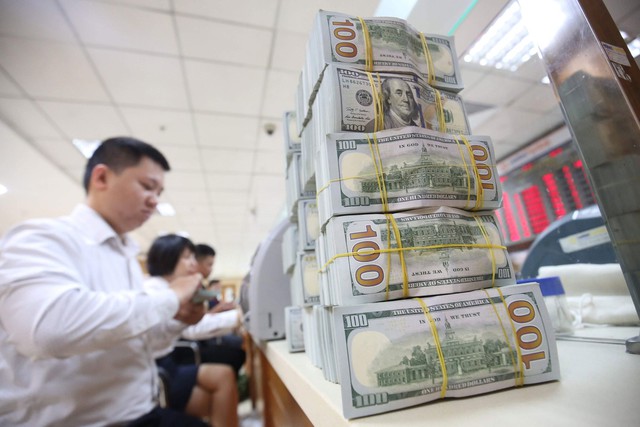Viet Nam’s forex reserves to hit US$95 bln by year’s end: Moody forecast
VGP - Moody’s Investor Service has forecast that Viet Nam’s forex reserves excluding gold will rebound to US$95 billion by the end of the year as the State Bank of Viet Nam rebuilds its stockpile.

Viet Nam's reserves stood at US$88.3 billion in January, according to the International Monetary Fund.
Nishad Majumdar, a sovereign analyst in Singapore, held that the recent appreciation of VND, which reflects the improved external position, will give the central bank space to rebuild the forex buffers that were spent down during the US$'s rally last year.
The recovery in tourism and steady foreign direct investment inflows will help boost the nation's reserves even as exports weaken, he added.
The VND has advanced 6 percent in the past six months, joining a rally in Asian peers, as the US$ has weakened.
He recommended that Viet Nam prioritizes exchange rate stability as a means to stabilize inflation and create certainty for inbound investors.
A stronger VND reduces the local-currency value of the government's external debt, which still accounts for about a third of overall government borrowing, he said.
It will also likely mitigate the impact of higher import and manufacturing input costs into domestic inflation, giving the authorities further space to pursue a more accommodative monetary policy, the expert added.
Market analysis reports released by Mirae Asset Securities Viet Nam showed that in April, the US$/VND exchange rate dropped 0.2 percent and the average exchange rate hovered around VND23,500 per 1 US$ during the month. The rate has remained stable throughout the January-April period.
The United Overseas Bank (UOB) rated the VND as one of the most stable currencies in Asia, despite significant changes in the Fed's interest rate hike expectations as well as concerns about a global recession and instability of the U.S. banking system./.

